Japan is the most intoxicating place for me. The Japanese culture fascinates me: the food, the dress, the manners and the traditions. It's the travel experience that has moved me the most.
Roman Coppola, American Filmmaker
With more than 3000 important landmarks throughout Japan, the country has, with time, blended traditions, religions and modernity. Often found in the same area, century-old temples and brand-new skyscrapers stare at each other. Both have on thing in common: the craft of Japanese people.
Being one of the most fascinating countries in the world, many Westerners choose this destination for vacations but even in Asia, Japan is a very popular destination.
While the country has a lot to offer in terms of food, drinks and festivals, its historical monuments and landmarks will help you understand how such a culture has emerged.
Here are the places you absolutely shouldn't miss when going to Japan:

1. The Tokyo Imperial Palace
Many cities in Japan have, at one point, been the home of the imperial court. However one of the most grandiose and well-preserved of those Imperial Palaces is located in the capital city of Tokyo.
Built by the Tokugawa during their reign, it only became the residence of the Emperor during the Meiji Period in 1868.
Partially destroyed during WWII, the palace was restored in the 1960s.
It is still the official home of the Japanese Emperor, Akihito, and his family.

You can only visit the Palace itself 2 days a year, on the 23rd of December, the birthday of the Emperor and on the 2nd of January when the Emperor addresses the nation for New Year. Nevertheless, you can walk around the grounds of the Palace through its parks and cross the Nijubashi bridge which is a popular selfie spot for Japanese and tourists alike.
Monument Information
- ⏰ Opening Hours: Monday - Saturday 9-11:15am & 1:30-2:45pm
- 🏘️ Address: 1-1 Chiyoda, Chiyoda City, Tokyo 100-8111, Japan
- 💰 Cost: Free
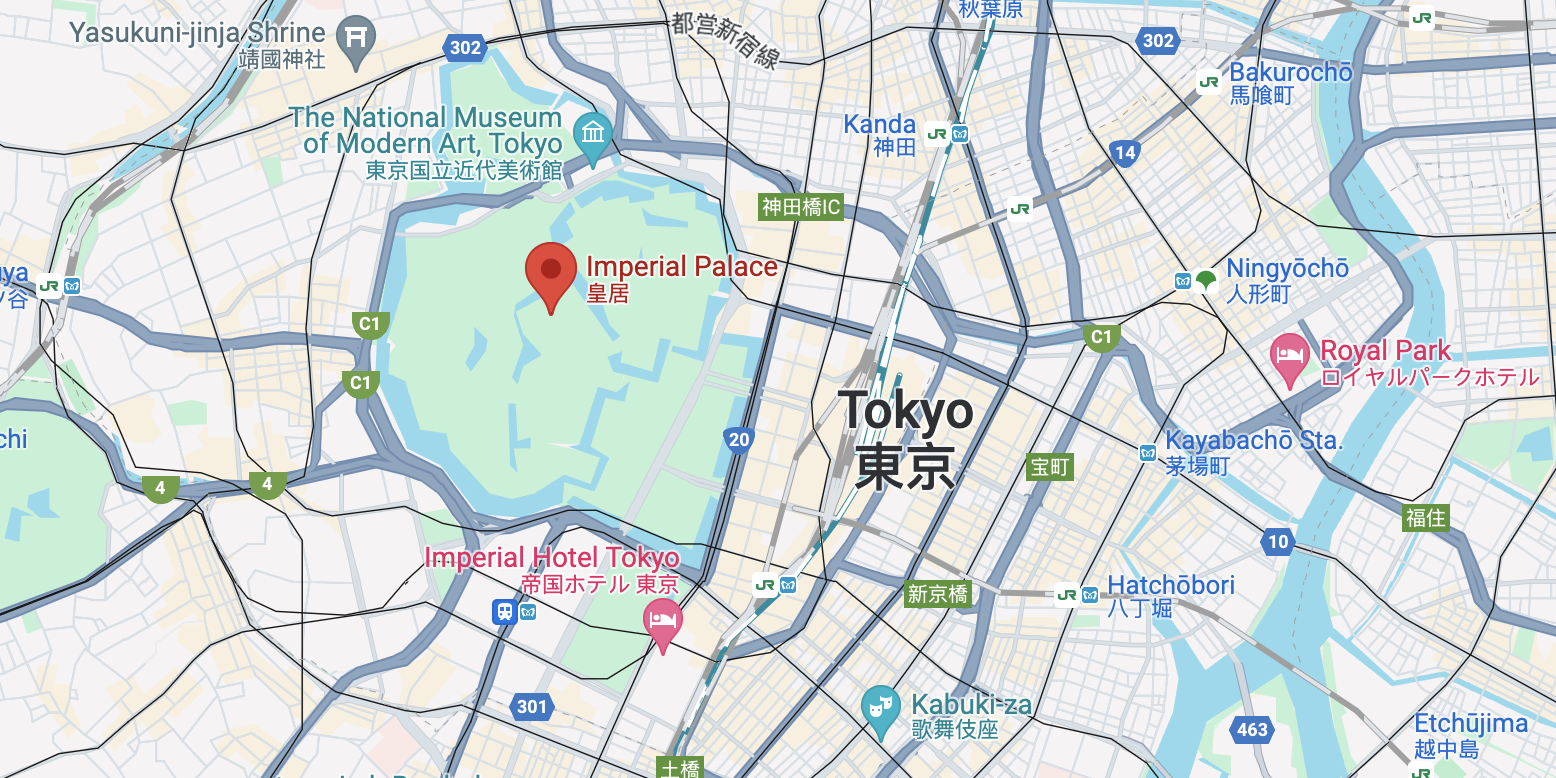
2. Kinkaku-Ji: The Temple of the Golden Pavilion in Kyoto
If you happen to be in Kyoto for the first time, this historical monument has to be on your agenda.
Originally built in the 14th century, it first was the retirement house of Shogun Ashikaga Yoshimitsu. After he died, and according to his last wishes, the Pavilion was transformed into a Zen temple, a function it still holds today.

The Temple was burned and rebuilt numerous times, the last of which was in July 1950, when a mentally ill monk set fire to the Temple. Only leaving the charred frame of the building the fire also destroyed an original status of Yoshimitsu.
However, the Pavilion was rebuilt in 1955, including the lost statue of its original owner. The gold leaves covering the second floor of the building is said to be an addition to the old design but is not uncommon to the Muromachi Period during which the Temple was erected.
Each story of the Temple features a different architecture style, opposing and complementing each other at the same time.
Monument Information
- ⏰ Opening Hours: Monday - Sunday 6:00-5pm
- 🏘️ Address: 1 Kinkakujicho, Kita Ward, Kyoto, 603-8361, Japan
- 💰 Cost: $3.30
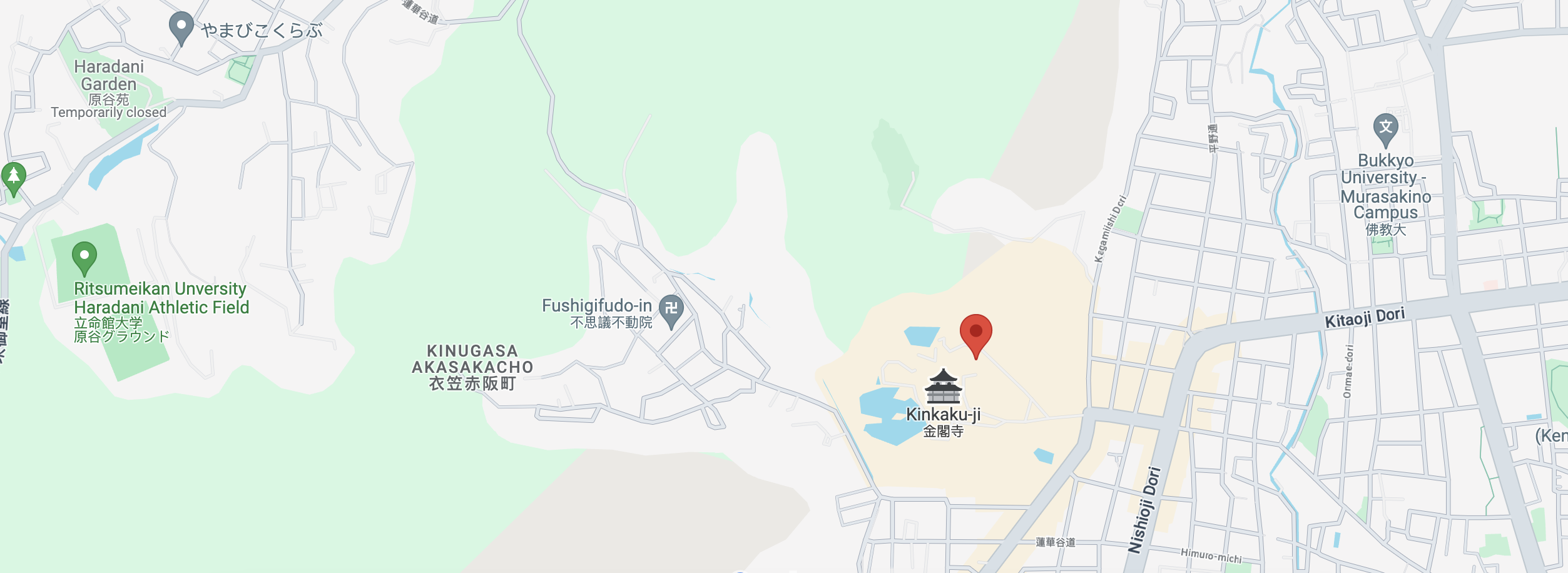
3. Tokyo Skytree
Today's second tallest structure in the world, the Tokyo Skytree, in the Sumida area, first appeared in the capital's landscape in 2008 and took 4 years to complete.
This tower, symbol of Japan's modernity, includes more than 300 shops and restaurants, an aquarium and a planetarium.
Busy all year long, you might want to book your ticket up the tower in advance. Going up Tokyo Skytree will cost you between $12 and $30 depending on how high you'd like to go (booking in advance will help you to save money, too.)
If your budget allows it you might want to have lunch or dinner at the 634-Musahi restaurant and enjoy a view of the capital at high altitude.
For all the One Piece manga fans out there, note that the tower is also home to a museum entirely dedicated to manga and anime with games, shows, restaurants and shops.
Monument Information
- ⏰ Opening Hours: Monday - Sunday 10-9pm
- 🏘️ Address: 1 Chome-1-2 Oshiage, Sumida City, Tokyo 131-0045, Japan
- 💰 Cost: $12-$30

4. Senjo-Ji Temple
Located in the area of Asakusa, the oldest Buddhist temple of the capital, the Senjo-ji Kannon Temple is dedicated to Kannon Bosatsu, one of the major Bodhisattva of the Buddhist religion.
This temple is the most widely visited spiritual site in the world, with more than 30 million people visiting it every year.
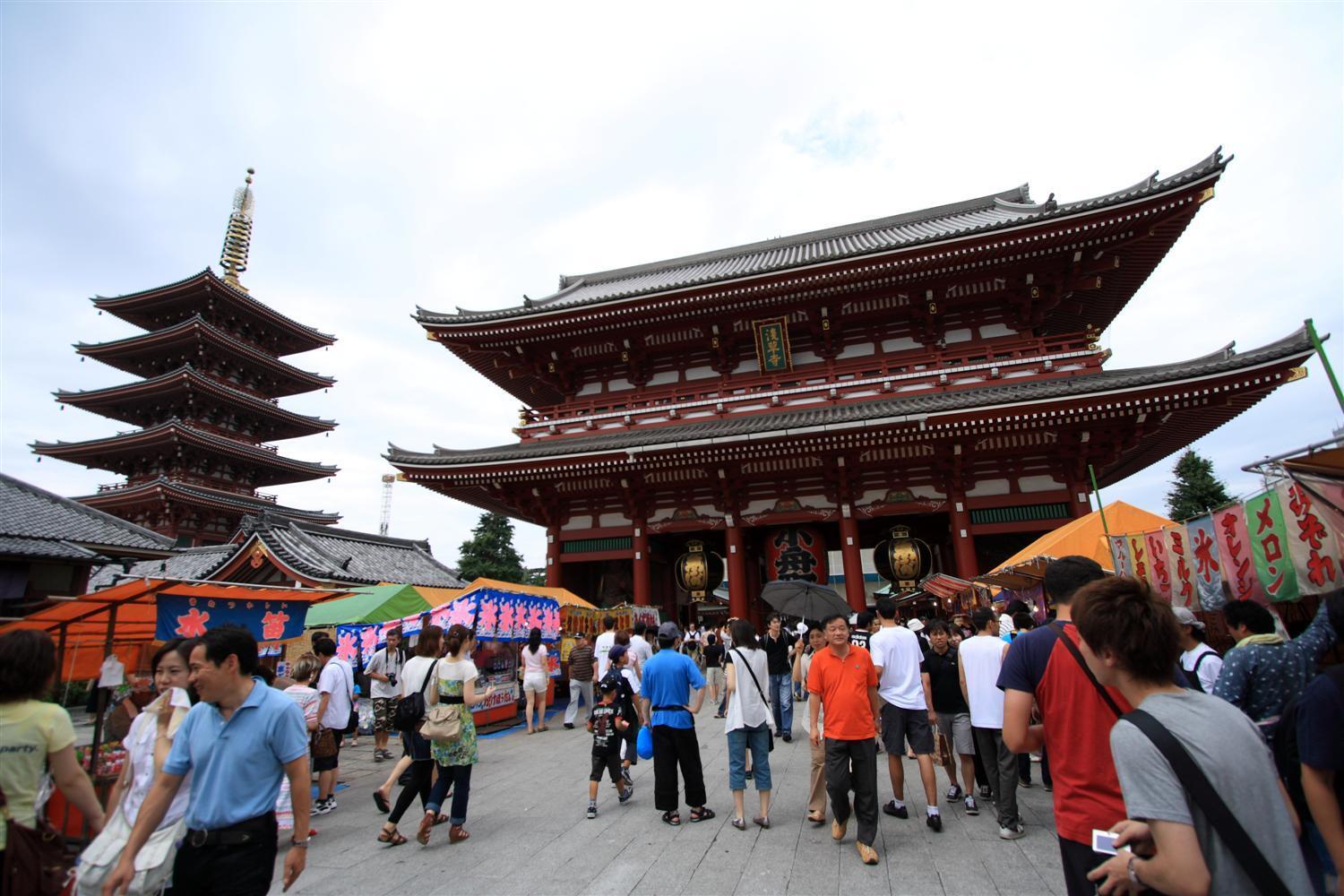
When you are there do not forget to visit the Nakamise Dori Street which is said to date all the back to the Tokugawa era when the population of Edo grew increasingly numerous. The Shogun authorized merchants and traders to set up shops near the temple. Still very popular today, you will find there many Japanese traditional articles next to cheap souvenirs.
Monument Information
- ⏰ Opening Hours: Monday - Sunday 6:00-5pm
- 🏘️ Address: 2 Chome-3-1 Asakusa, Taito City, Tokyo 111-0032, Japan
- 💰 Cost: Free
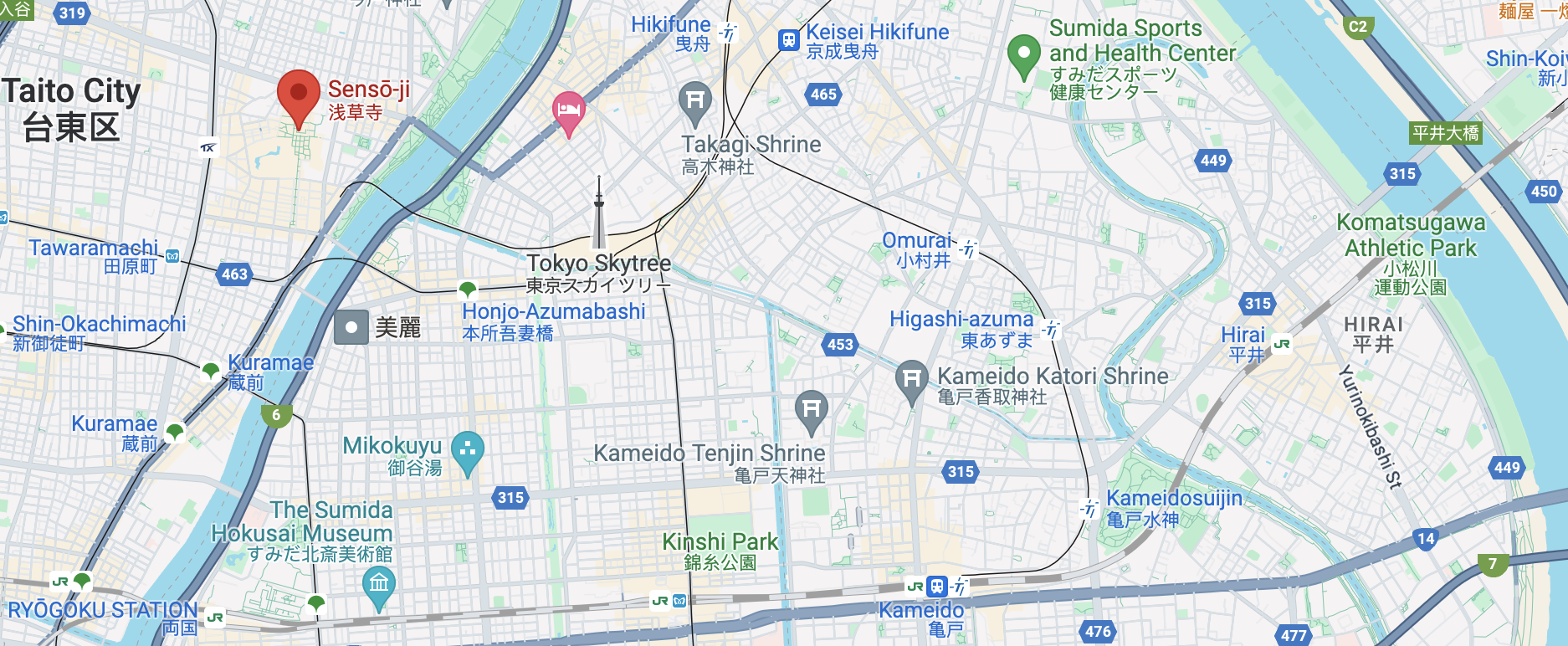
5. Osakajo: Osaka Castle
One of Japan's most famous landmarks, this historical monument whose construction started in 1583 on the site of a former temple, was completed in 1597, only one year before its ruler, Toyotomi Hideyoshi, died.
The castle was destroyed at least four times between 1615 and 1945. The current buildings are the work of a 1995 restoration which aimed to give the castle its former splendor back.
The history of the castle is as eventful as the history of Japan. Once the headquarters of one of the most powerful clan of the nation, the Toyotomi; the clan was completely wiped out 15 years after the Battle of Sekigahara, which saw the victory of the rival clan, the Tokugawa.
The Tokugawa clan ordered the reconstruction of the castle in 1620 after they had burned it to the ground in 1615. However, they assigned the cumbersome task to rival samurai clans, hoping that the burden and cost of the work would prevent them to rise up again.
The castle was burned down again, this time by Imperial loyalist in 1868. The Emperor and the Meiji government ordered its restoration and the castle became part of the Osaka Army Arsenal, a function it held until it was bombed by the US in 1945.
Stepping into the castle is walking down the steps of some of the greatest Japanese leaders. The museum inside the castle will retrace all the history of the city and the building.
Monument Information
- ⏰ Opening Hours: Monday - Sunday 9-5pm
- 🏘️ Address: 1-1 Osakajo, Chuo Ward, Osaka, 540-0002, Japan
- 💰 Cost: The Castle Tower is $4 and the Nishinomaru Garden's is $2
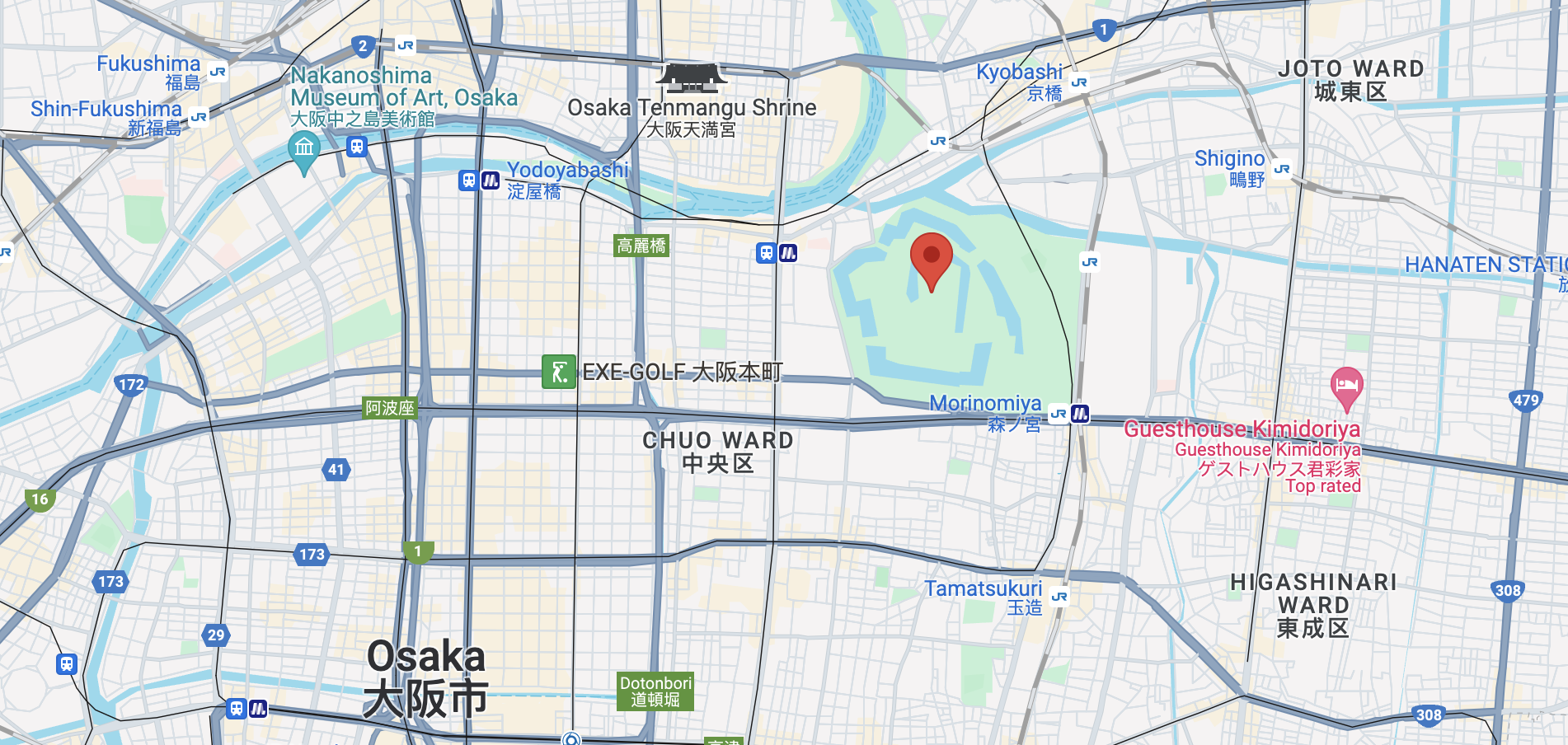

6. The Tokyo Metropolitan Government Building
Standing at 799 feet high, the Twin Towers is where most of the local government offices are and his the equivalent of the Woolworth Building in New York City.
The Tokyo Metropolitan Government Building, referred to as Tocho by the locals, also features 2 observation decks, one in each of the towers, at 662 feet of altitude. The good thing about those is that they are free to access.
Just head to Shinjuku, the area of Tokyo it stands on and go up the elevators to enjoy one of the highest vantage points of the city. On a clear day, you will have a breathtaking view of Mount Fuji.
Most tourists visit the observation deck during the daytime, but know that it remains open until 11 pm (latest admission at 10.30pm), so why not head up there after dinner for an astonishing view of the city's nightscape.
Monument Information
- ⏰ Opening Hours: Monday - Friday 8:30-11pm
- 🏘️ Address: 2 Chome-8-1 Nishishinjuku, Shinjuku City, Tokyo 163-8001, Japan
- 💰 Cost: Free

7. The Imperial Palace of Kyoto
One of the oldest man-made structures of Japan, the Imperial Palace foundations date back to the end of the 8th century.
Standing in the Kyoto Imperial Park on the side of the Komo River, the residence of the Imperial family until 1868, Kyoto Gosho as it is known by Japanese, is the last reconstruction of the Imperial Palace.
Indeed this one was burnt down, destroyed, moved around and rebuilt many times during the tumultuous history of the country. The last reconstruction dates back to 1855 shortly before the Imperial capital was moved to Edo, the current Tokyo.

Today's Imperial grounds are free to visit and English speaking tours are organized by the Imperial Household Agency (in charge of all matters relevant to the Imperial family possessions) several times a day. Though none of the buildings can actually be entered, it is definitely worth a visit as it will help you understand how important the Imperial family was, and remains today, in Japan's culture.
The parks and surroundings of the Palace are just as nice to visit and are the perfect spot for a midday picnic before you head to the Silver Pavilion.
Monument Information
- ⏰ Opening Hours: Wednesday - Sunday 9-4pm
- 🏘️ Address: 3 Kyotogyoen, Kamigyo Ward, Kyoto, 602-0881, Japan
- 💰 Cost: Free
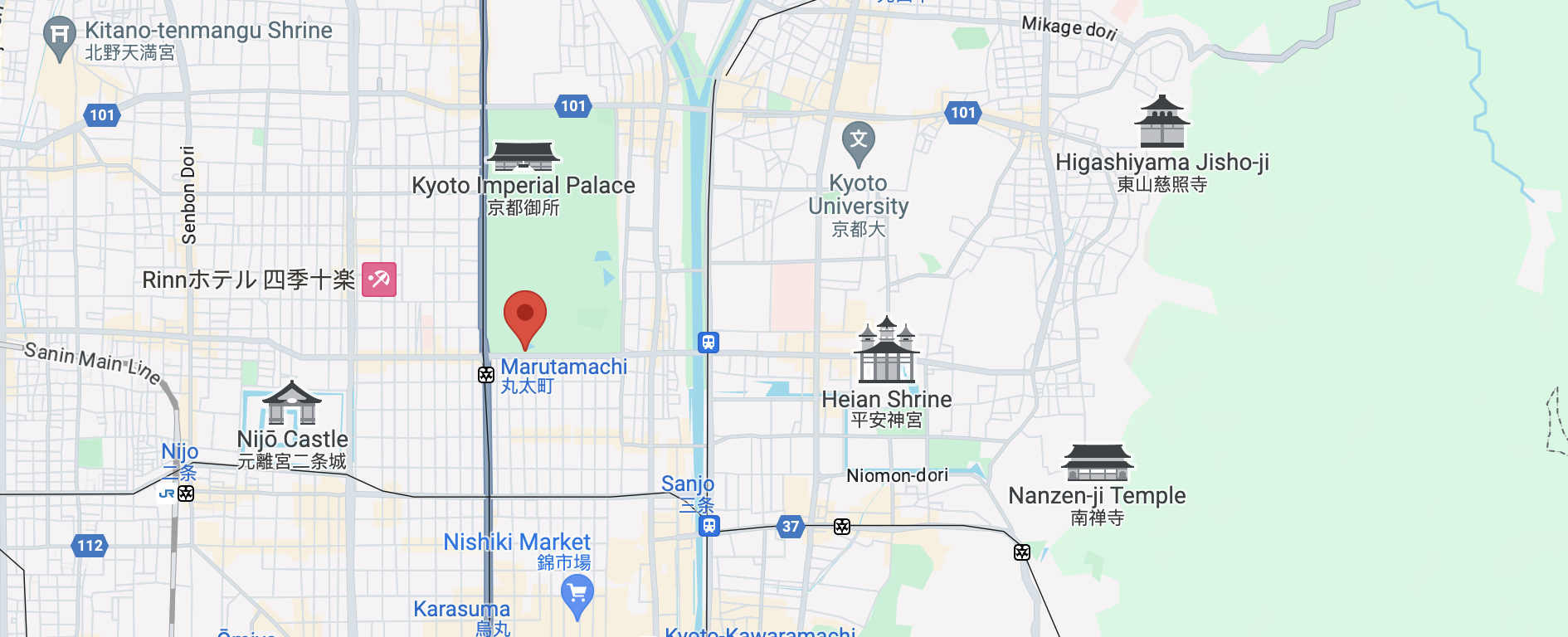
8. The Fushimi Inari Shrine
One of the important Shinto sites of Japan, this shrine is dedicated to Fushimi Inari, the Shinto god of rice. Rice was the base of the Japanese economy at the time and the goddess was adopted by merchants and manufacturers as patron of business.
You will notice fox statues all over the shrine's grounds, the animal thought to be Inari's messengers.
The trails lead up the sacred Mount Inari standing at 764 feet with each of the vermilion gates along the trail being donated by an individual or a company and each of them is engraved with the name of the donator and date of the donation.
One of the most imposing torii is the one standing right in front of the main building. Called the Romon Gate, it was donated by Toyotomi Hideyoshi, one of the great unifiers of Japan, in 1589.
The hike up and down the mountain will take you 2 to 3 hours and is dotted with smaller shrines along the way. A few restaurants can be found beside the path, offering locally themed dishes such as Kitsune Udon ("Fox Udon"), thick noodles served with aburaage (fried tofu), which is said to be one of the favorite food of foxes.
Once reaching the Yotsutsuji intersection, about halfway up the mountain, hikers will enjoy nice views over Kyoto and can do some more exploring up the summit if they wish so.
The shrine features in many movies, including Memoirs of a Geisha.
Monument Information
- ⏰ Opening Hours: 24/7
- 🏘️ Address: 68 Fukakusa Yabunouchicho, Fushimi Ward, Kyoto, 612-0882, Japan
- 💰 Cost: Free
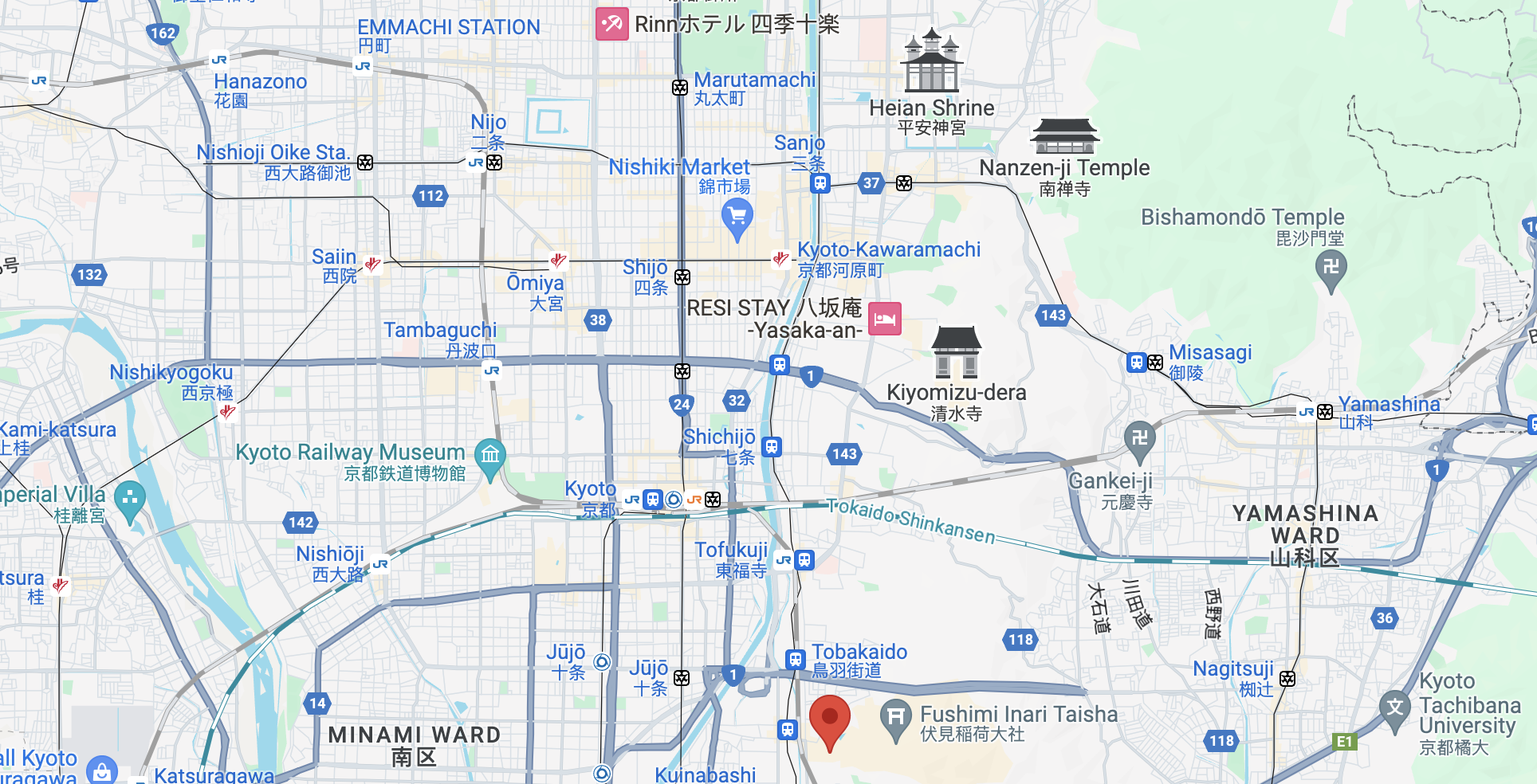
9. The Hiroshima Peace Memorial Park
Let all the souls here rest in peace for we shall not repeat the evil.
Hiroshima Peace Memorial
Reminiscence of the darkest hours of Japanese History, the Hiroshima Peace Memorial Park stands on the former political and commercial heart of the city. A few years after the atomic bomb was dropped, Japanese officials decided that the area was not to be rebuilt but instead dedicated to peace and memorial buildings.

The park feature 3 main sites of interest:
- The Peace Memorial Museum: The museum consists of two buildings and house permanent exhibits retracing Hiroshima's history on one part and the events preceding and following the destruction of the city on the 6th of August 1945 and the human suffering it caused.
- The Memorial Cenotaph: Located near the center of the park, is a concrete monument, sheltering the names of the 220,000 victims of the atomic bomb. Each year on the anniversary of the bombing, at 8:15 am, the exact time the bomb detonated, a ceremony is held and wreaths are laid at the Cenotaph.
- The Atomic Bomb Dome: The dome which was originally the Hiroshima Prefectural Industrial Promotion Hall, is the skeleton of the only building to survive the detonation of the A-Bomb and has been designated a UNESCO World Heritage Site in 1996.
This memorial, full of history, will make one reflect on the darkest hour of modern times but as the Museum points out, it is necessary to know what happened there.
Monument Information
- ⏰ Opening Hours: 24/7
- 🏘️ Address: Japan, 〒730-0811 Hiroshima, Naka Ward, Nakajimacho, 1丁目1−10
- 💰 Cost: $1.32
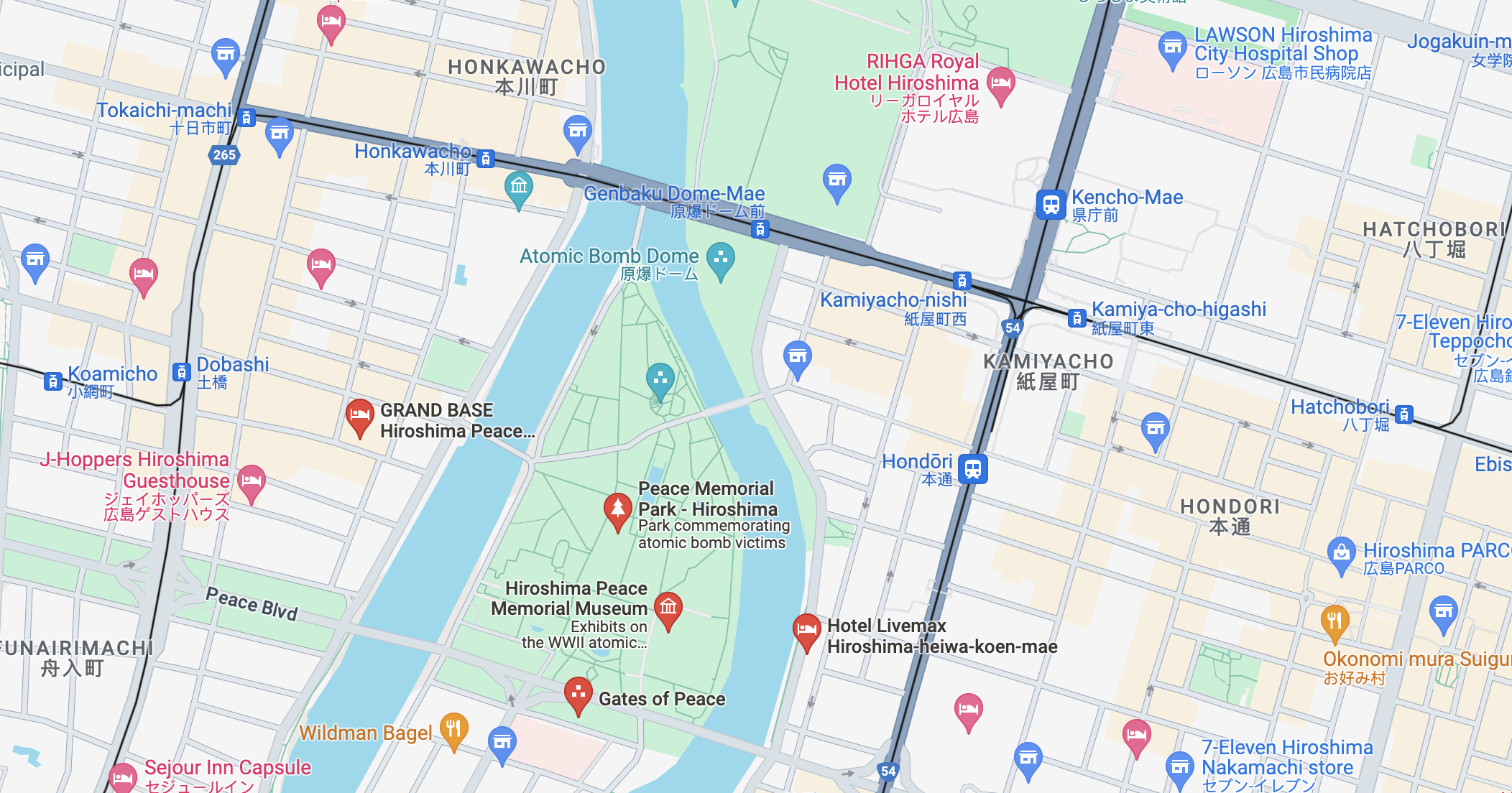
10. Shirasagijo: The White Heron Castle of Himeji
This town located in the Kansai region, in the Hyōgo Prefecture, is not as famous as its eastern neighbors of Kyoto and Osaka and it would probably be forgotten by tourists altogether if it was not for its bright white colored castle. The most visited castle in all Japan, this century-old landmark is considered to be the finest example of the prototypical Japanese castle.
The castle is known as being one of the most impressive surviving examples of architecture from the feudal period, and a stunning historical building to visit in Japan.
Dating all the way back to the 14th century, the castle received extensive additions through the next couple of centuries.
Himeji castle miraculously survived revolutions, bombings and even the great Hanshin earthquake of 1995, though some of the building required extensive repair work in the 1950's.
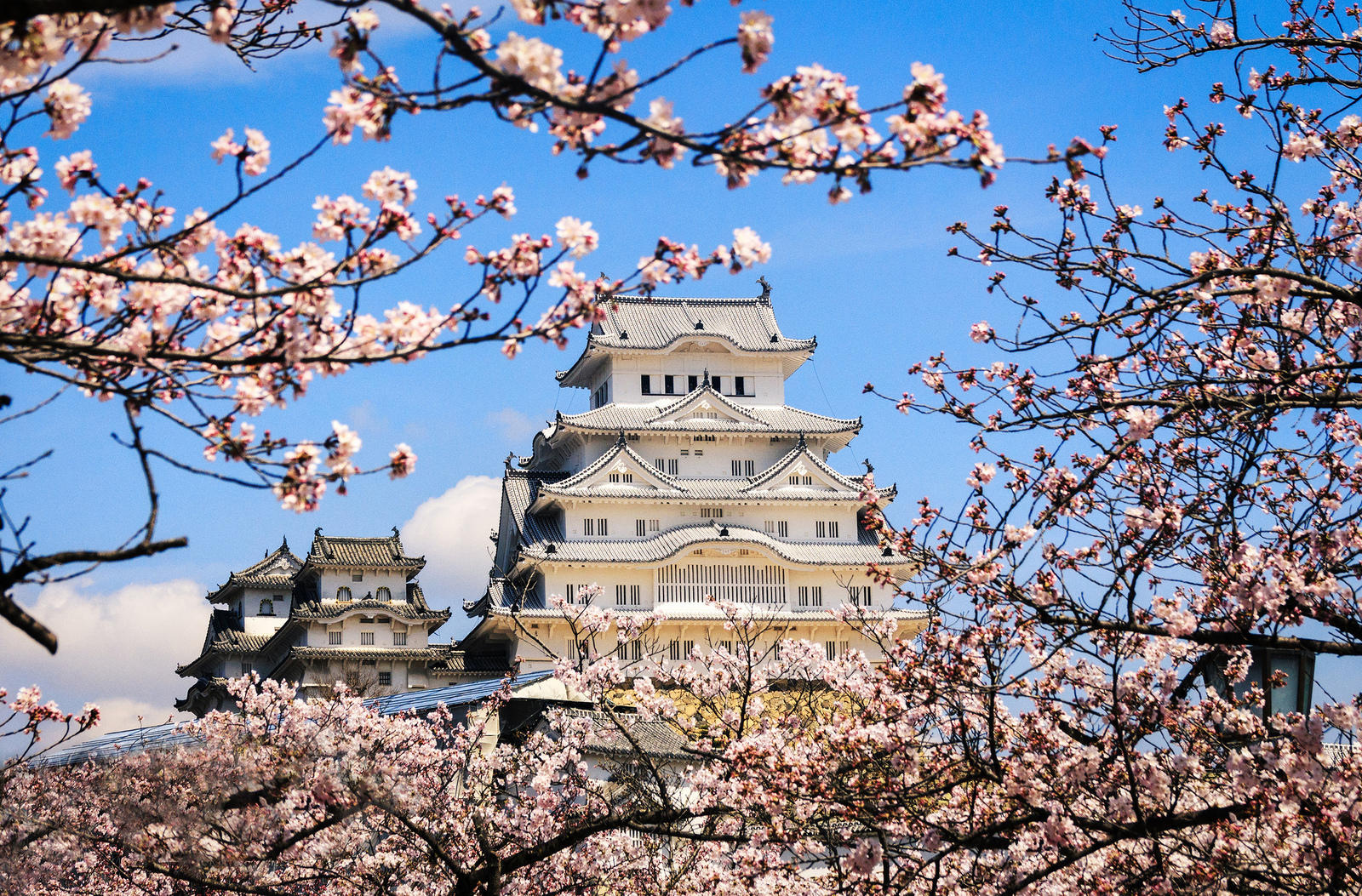
The advanced defense system included maze-like paths that lead to the main keep. Designed to slow down enemy samurais, today it usually confused tourists that easily get lost in the castle's alleys.
With many legends surrounding its construction, the castle is part of Japanese folklore and since its last restoration work was completed in 2015, more than 10 million people visited it.
Monument Information
- ⏰ Opening Hours: Monday - Sunday 9-4pm
- 🏘️ Address: 68 Honmachi, Himeji, Hyogo 670-0012, Japan
- 💰 Cost: $7
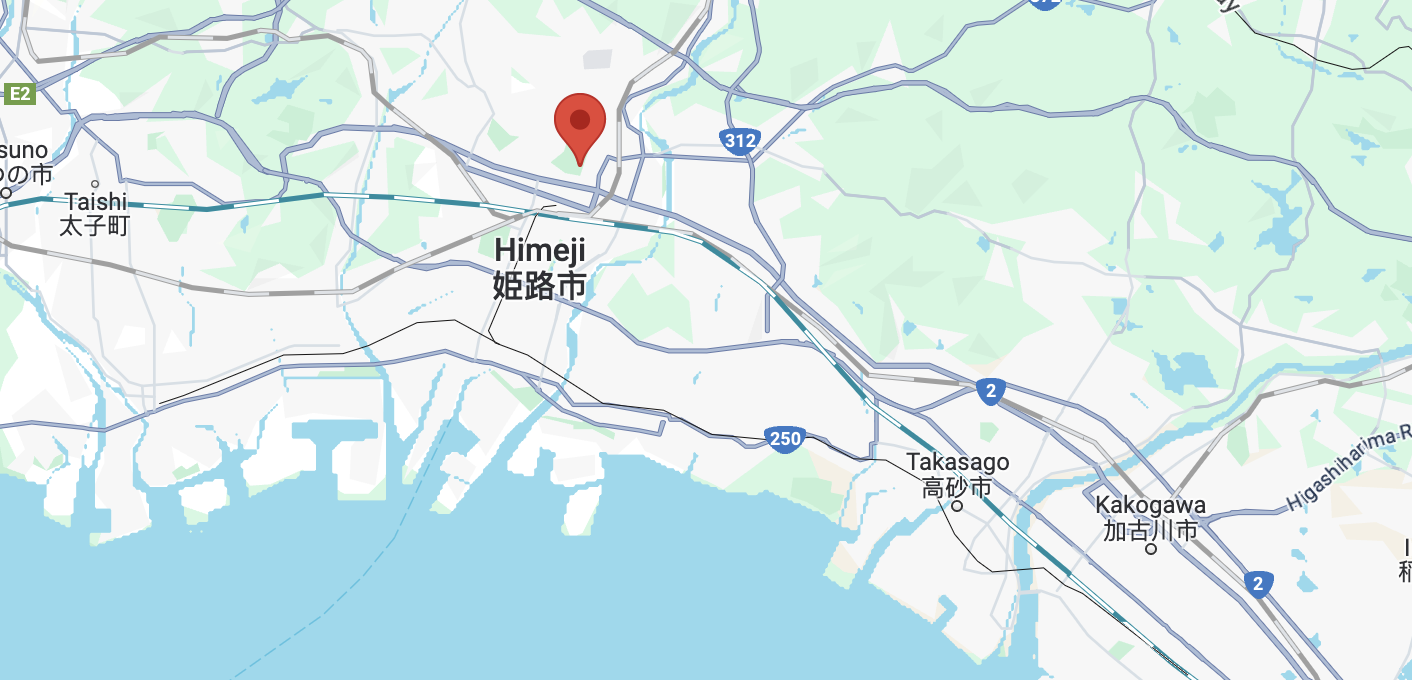
Learn Japanese to Assist Your Journey
We've only listed 10 of the most popular sites to visit in Japan and all of them are located on the main island of Honshu but the country has much more to offer in terms of sightseeing, and one of the very best ways to ensure you are taking in as much of the country and culture as you can is to learn the language. Even picking up some basics can help you to ask for directions or recommendations.
Once you've sorted the formalities such as flights, hotels, and visas, you can visit Japan and start to explore many attractions such as temples and shrines spread all over the country. Smaller Shinto shrines called Hokora are often located in towns and villages and are tended by the local residents who visit them to honor small Shinto deities. Learning Japanese with Superprof is an ideal way to converse with the locals and to be able to get an authentic experience.
Japan's mountainous topography and extensive coastline will also allow any visitor to admire the country, as well as spending time soaking up the iconic culture, and hopefully being able to chat to the locals with your new Japanese skills. To get started learning how to speak Japanese, reach out to a tutor right here on Superprof today.







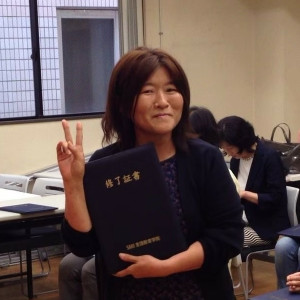
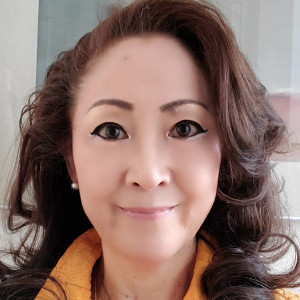

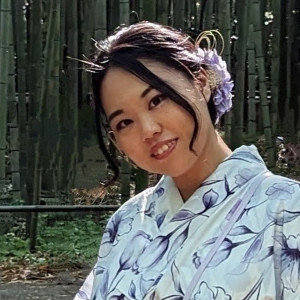





It was great